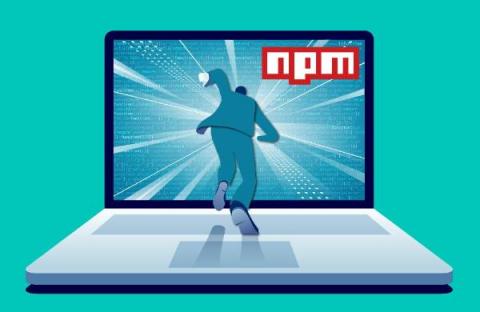Mining Malware History for Clues on Malicious Package Innovation
Malware has come a long way since it first made the scene in the late 1990s, with news of viruses infecting random personal computers worldwide. These days, of course, attackers have moved beyond these humble roots. Now they deploy a variety of innovative techniques to extract large amounts of money from businesses around the world. A similar development is taking place with malware’s upstart cousin – the emergence of malicious packages being uploaded to package registries.










